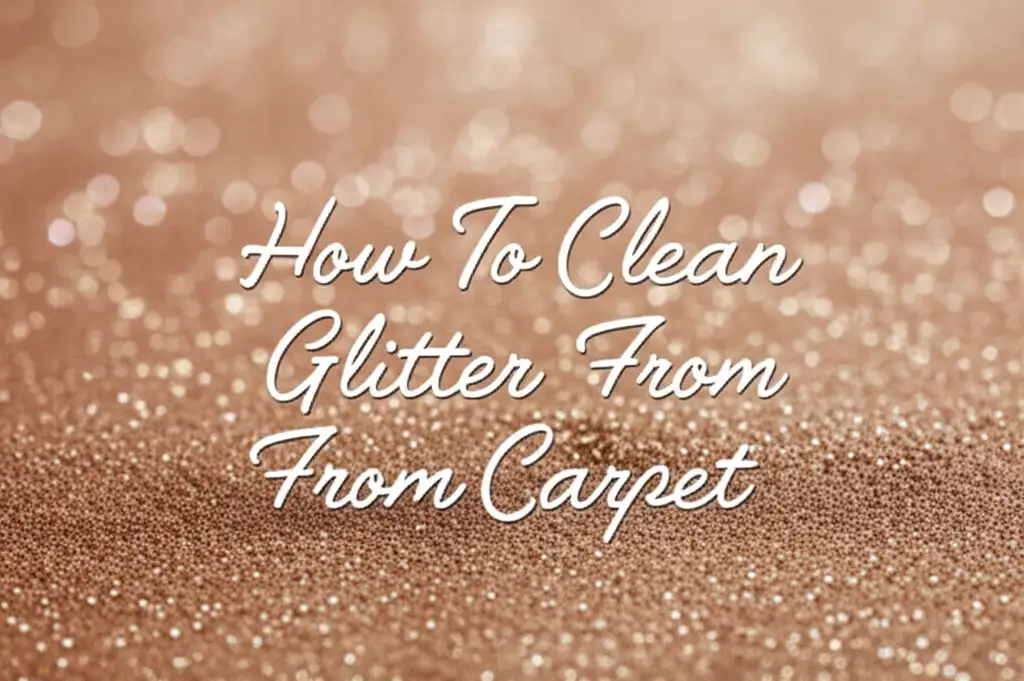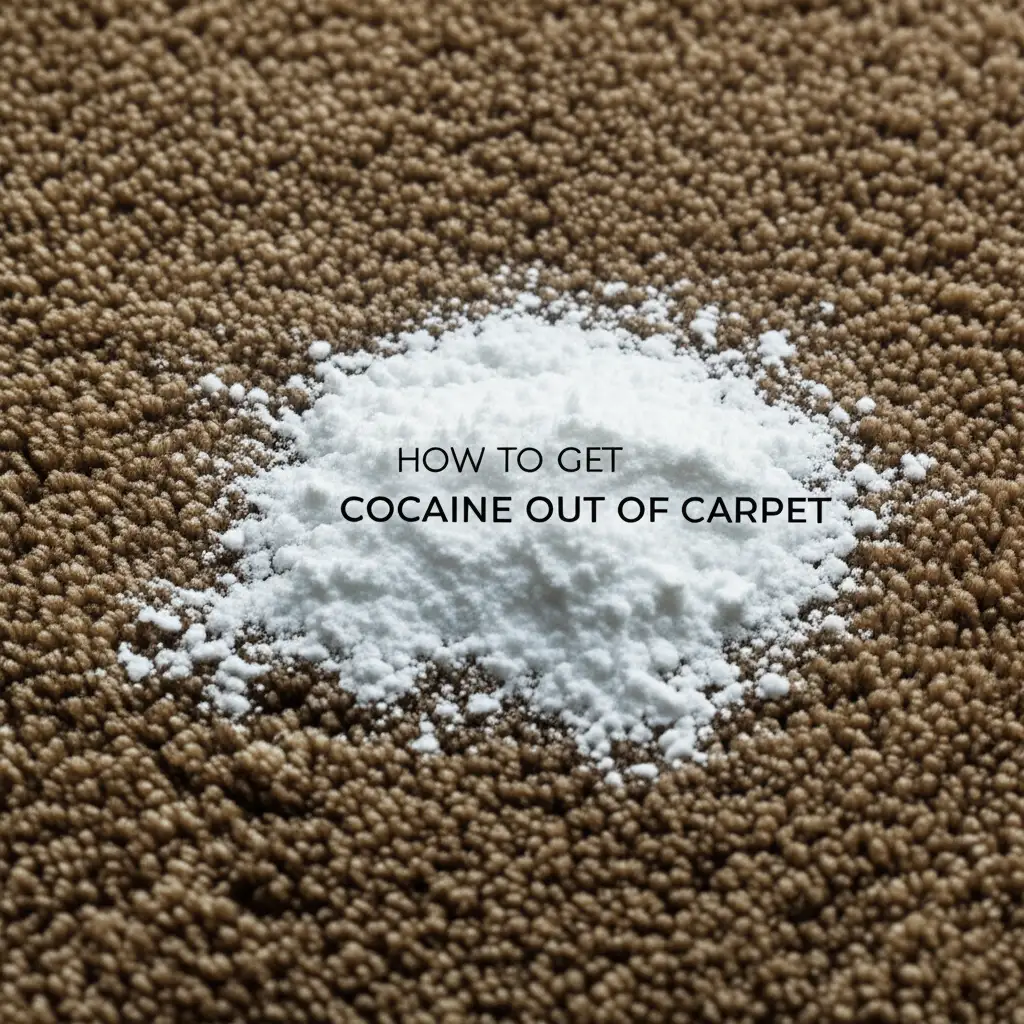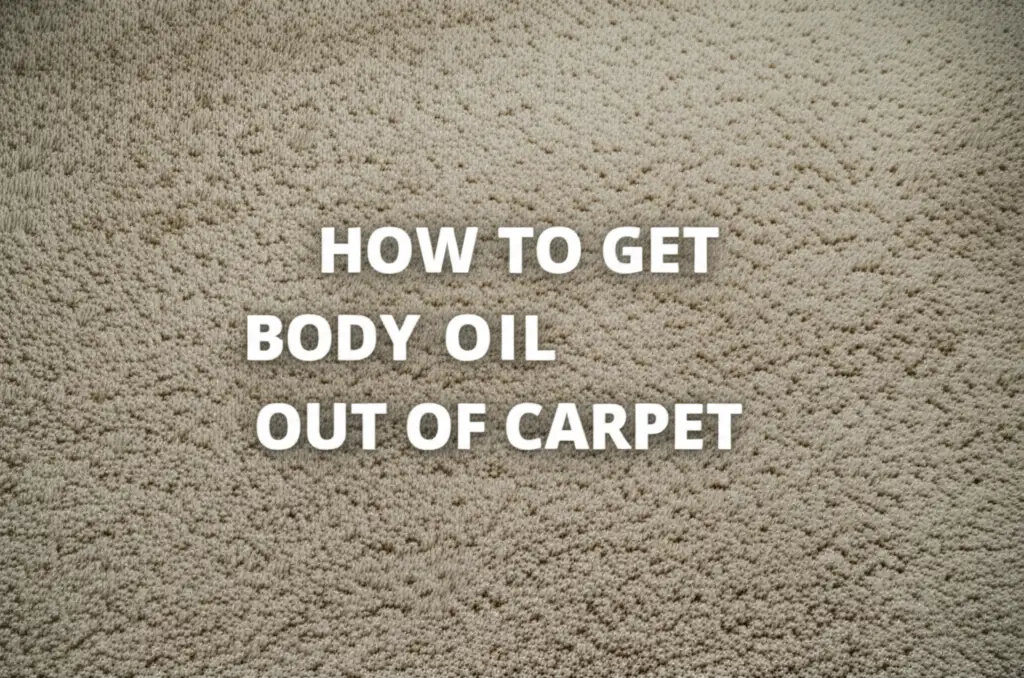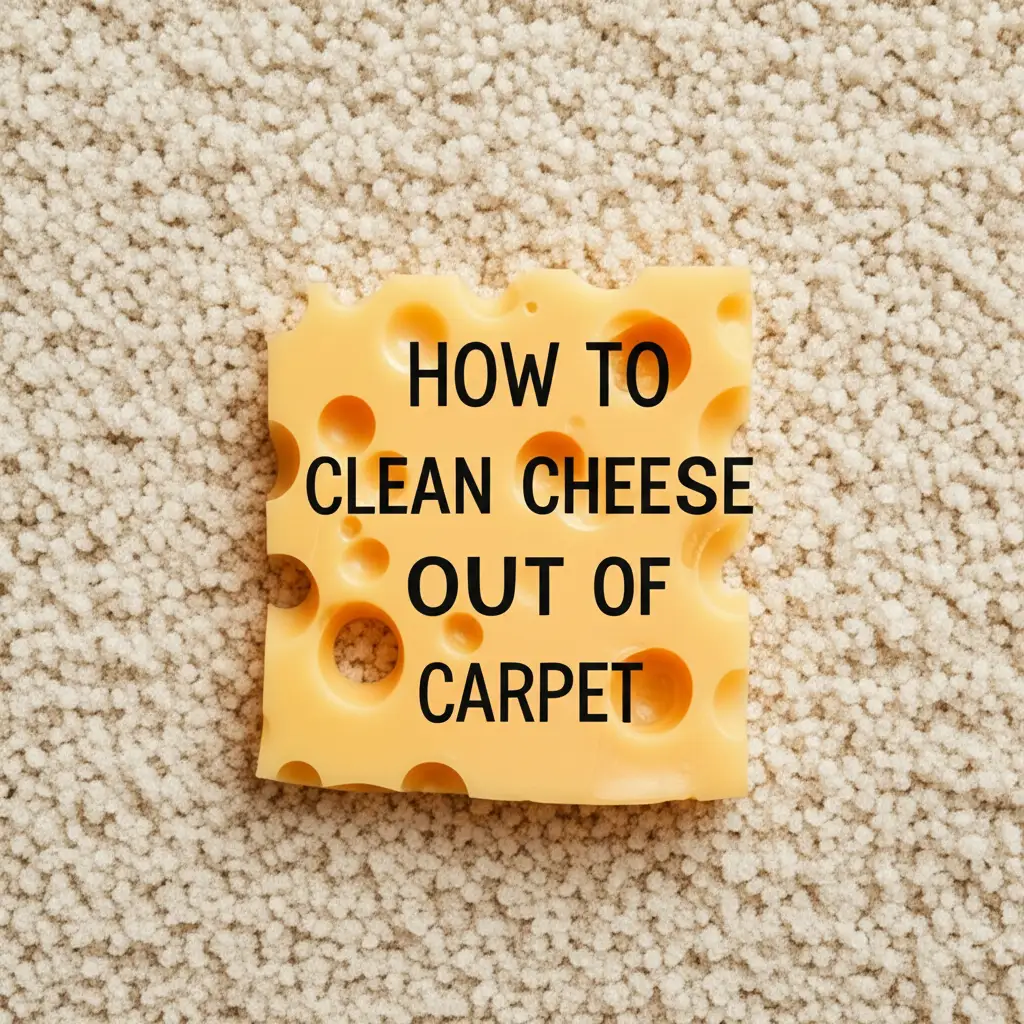· Elira Thomsen · Home Cleaning · 21 min read
How To Clean Carpet That Has No Padding Underneath It
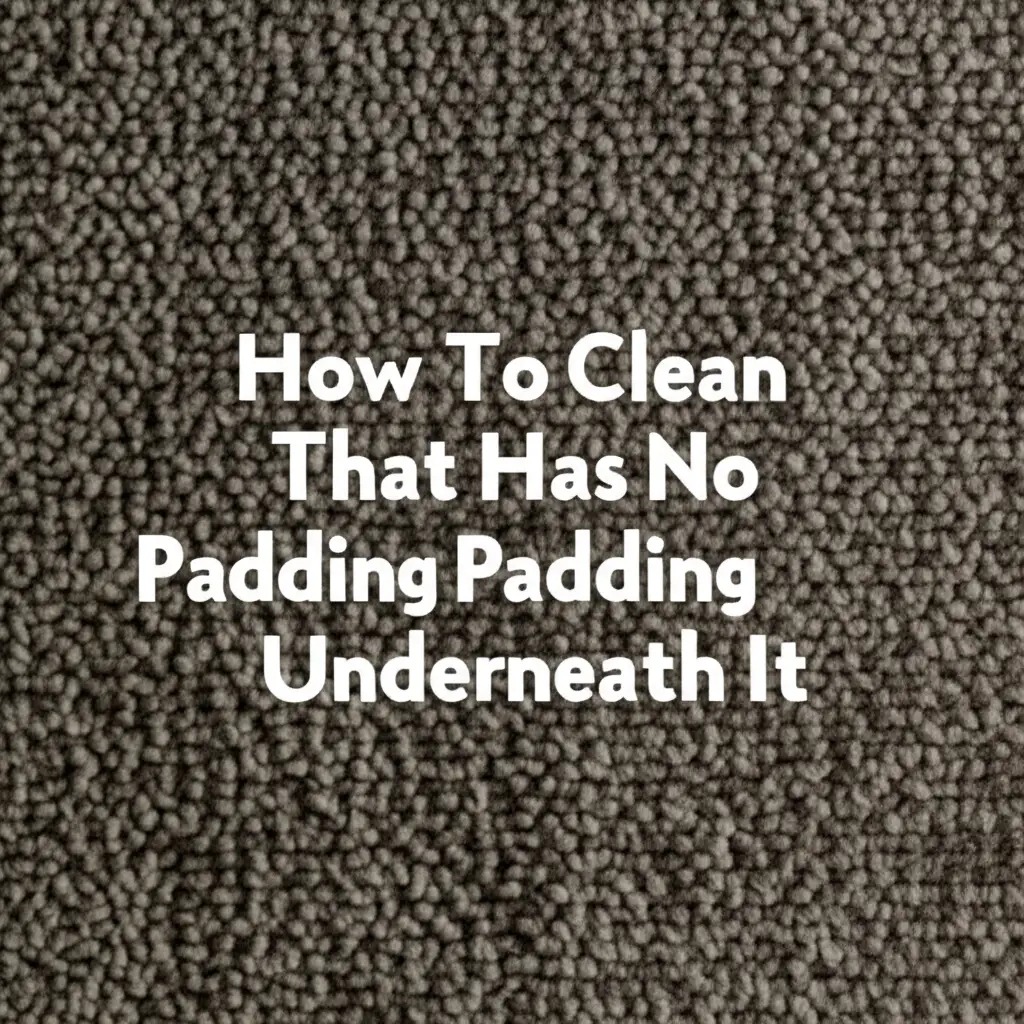
Cleaning Carpet Without Underneath Padding
Cleaning a carpet that has no padding underneath it presents unique challenges. Unlike plush, padded carpets, these often lie directly on a hard subfloor. This type of installation is common in commercial settings, basements, or areas needing low profiles. It means you must be very careful with moisture and cleaning methods. I have found that improper cleaning can lead to mold growth, subfloor damage, or even adhesive failure. This guide will help you understand how to clean carpet that has no padding underneath it safely and effectively. We will cover everything from understanding your carpet type to advanced cleaning techniques. I will share practical tips for daily maintenance and stain removal specific to unpadded carpets.
Takeaway
- Prioritize moisture control: Unpadded carpets are more prone to moisture damage and subfloor issues.
- Use low-moisture cleaning methods: Opt for dry cleaning powders or encapsulation systems.
- Act fast on spills: Immediate stain treatment prevents deeper penetration.
- Vacuum regularly: Prevent dirt buildup, which is crucial for carpet longevity.
- Test cleaning solutions: Always spot-test in an inconspicuous area first.
Cleaning carpet that has no padding underneath it requires careful attention to moisture management and cleaning methods. Focus on low-moisture techniques like dry compounds or encapsulation, and always ensure rapid drying to prevent damage to the carpet or subfloor.
Understanding Your Carpet Without Padding
Carpet without padding is often called “direct glue-down” carpet. It is glued directly to the subfloor. This setup is popular in many places. You find it in offices, basements, and high-traffic areas. The main reason is stability and durability. This carpet type does not shift or ripple easily. It creates a very firm walking surface. Without padding, the carpet does not absorb impact as much. This means spills and moisture go directly to the carpet backing and the subfloor. This fact makes cleaning different and more sensitive.
The choice to install carpet without padding is usually for practical reasons. It provides a lower profile, which helps with wheelchair access. It also prevents trip hazards in busy areas. For example, if you have a home office or a finished basement, you might find this type of carpet. Its firm feel and lack of bounce are clear signs of its unpadded nature. Understanding this design is the first step in proper cleaning. You must adjust your cleaning approach to avoid damaging the carpet or the floor underneath. This carpet needs methods that control water use very well.
One common issue with unpadded carpet is moisture retention. Since there’s no padding to absorb some moisture, all liquid remains in the carpet fibers and backing. This can lead to mold or mildew growth if not dried quickly. It can also weaken the adhesive holding the carpet down. In some cases, prolonged dampness can even damage the subfloor itself. For example, a concrete subfloor can develop efflorescence, or a wooden subfloor can warp. This is why the best cleaning strategies for these carpets focus on minimal water use. They also ensure fast drying times. My experience shows that proper identification of your carpet type helps you choose the right tools and techniques.
Knowing your carpet’s construction helps choose safe cleaning products. Some cleaning solutions may be too harsh for the carpet backing or adhesive. Always read product labels. Ensure they are safe for direct glue-down carpets. You should also consider the wear and tear on your carpet. High-traffic areas might need more frequent cleaning. However, aggressive cleaning could shorten the carpet’s life if not done correctly. If you are unsure about your carpet’s original installation, you might consider checking if you did get the carpet padding you paid for in other areas of your home, which can provide insight into different carpet types. Proper understanding prevents costly mistakes.
Another aspect to consider is how the carpet stays in place. Without padding, adhesives play a crucial role in preventing movement. Harsh cleaning chemicals or excessive water can degrade these adhesives over time. This could cause the carpet to lift or buckle. Ensuring the carpet remains firmly in place is key for its longevity and appearance. If your carpet is already showing signs of movement, you might need to look into how to keep a carpet down as a separate issue. The cleaning process should never jeopardize the carpet’s adherence to the subfloor. Always be gentle and careful.
Essential Tools and Supplies for No-Padding Carpet Care
Having the right tools is critical for cleaning carpet that has no padding underneath it. Using improper equipment can cause more harm than good. Your cleaning arsenal should focus on efficiency and moisture control. A good vacuum cleaner is your first and most important tool. Look for one with strong suction and a beater bar. This helps lift dirt from the short fibers of unpadded carpets. For spot cleaning, you will need a few basic items. These items are often found in most homes.
First, you need a high-quality vacuum cleaner. Regular vacuuming removes loose dirt and prevents it from settling deep into the fibers. For low-pile or direct glue-down carpets, a vacuum with adjustable height settings or a powerful beater brush is best. This helps agitate the carpet fibers and extract embedded dirt without damaging the backing. I use my vacuum almost daily in high-traffic areas. This simple step keeps my carpet looking fresh. It also reduces the need for frequent deep cleaning.
Next, gather your spot cleaning supplies. These include clean white cloths or microfiber towels. You will also need a spray bottle for applying cleaning solutions. A soft-bristle brush is useful for working solutions into stains. Make sure the brush is not too stiff. An overly stiff brush can damage carpet fibers. Always have a few dry cloths ready for blotting excess moisture. This is especially important for unpadded carpets. Quick blotting helps prevent moisture from seeping into the subfloor.
For cleaning solutions, start with mild options. A mixture of water and a small amount of dish soap can work for many spills. White vinegar mixed with water is another excellent natural cleaning agent. You can also buy commercial carpet spot removers. If you choose a commercial product, make sure it is safe for your specific carpet type. Always check labels and perform a patch test first. This ensures the cleaner will not discolor or damage your carpet.
Consider a low-moisture carpet cleaning machine if you plan for deep cleaning. These machines include dry compound spreaders or encapsulation systems. They use very little water. Some modern carpet extractors have powerful suction to remove most water immediately. This makes them safer for unpadded carpets than traditional steam cleaners. However, a full-sized steam cleaner should be used with extreme caution on unpadded carpets. The high heat and moisture can be problematic. This leads to issues like mold or adhesive failure. For light cleaning, a simple handheld carpet cleaner can be effective for small spots.
Lastly, ensure proper ventilation. Fans or open windows help speed up the drying process after any wet cleaning. This is a critical step for unpadded carpets. Proper air circulation reduces the risk of mold and mildew. It also helps dissipate any cleaning solution odors. Having these tools ready saves time and ensures effective cleaning. I always make sure I have all my tools laid out before I begin any major cleaning task. This prevents interruptions and keeps me focused.
Pre-Cleaning Steps: Preparing Your Bare Carpet
Before you apply any cleaning solutions, proper preparation is essential for carpet that has no padding underneath it. These steps ensure your cleaning efforts are effective. They also help protect your carpet and subfloor. Skipping these stages can lead to poor results or even damage. I always start my cleaning routine with thorough preparation. This makes a big difference in the final outcome.
The first and most important step is thorough vacuuming. You need to remove all loose dirt, dust, and debris from the carpet surface. Since there’s no padding to absorb impacts, dirt particles can grind into the carpet fibers. This causes wear and dullness. Use a vacuum cleaner with strong suction. Make sure it has a working brush roll. Pass over the carpet several times in different directions. This lifts stubborn dirt from between the fibers. Pay extra attention to high-traffic areas. These spots collect more dirt and grime. Regular and deep vacuuming makes subsequent cleaning steps much easier and more effective. It also helps extend the life of your carpet.
Next, identify any specific stains or problem areas. These spots will need special attention. Circle them with a piece of tape or note their location. Treating stains before a general cleaning prevents them from spreading. It also ensures they receive the focused care they need. Different stains require different cleaning approaches. For example, a pet stain needs immediate and specific treatment. Pre-treatment is a game-changer for tough spots.
After vacuuming, move any furniture that might get in the way. This allows you to access all areas of the carpet. It also prevents chemicals from contacting furniture legs or bases. If you cannot move heavy furniture, place plastic sheets or aluminum foil under the legs. This protects them from moisture or cleaning solutions. Clear the area completely for the best results.
Finally, ensure proper ventilation in the room. Open windows and doors if possible. Turn on fans to circulate air. This step is crucial, especially for unpadded carpets. It helps dry the carpet quickly after cleaning. Rapid drying prevents mold and mildew growth. It also helps remove any lingering odors from cleaning solutions. Good airflow prepares the area for a safe and efficient cleaning process. It is a simple step, but it makes a big difference in the overall health of your carpet and home. Proper preparation sets the stage for a successful cleaning job.
Effective Cleaning Methods for Unpadded Carpets
Cleaning carpet that has no padding underneath it requires specific methods to avoid excess moisture. These carpets are more sensitive to water. Traditional steam cleaning can cause issues like mold, mildew, or damage to the subfloor. I always recommend low-moisture options. This section will cover the most effective and safe cleaning techniques.
Spot Cleaning Techniques
Addressing spills and stains quickly is vital for unpadded carpets. The longer a spill sits, the deeper it penetrates. This makes it harder to remove. Start by blotting the spill immediately with a clean, white cloth. Do not rub the stain. Rubbing pushes the substance deeper into the carpet fibers. It can also spread the stain. Always work from the outside of the stain towards the center. This prevents the stain from getting larger.
For most fresh spills, a simple solution of mild dish soap and water works well. Mix a small amount of liquid dish soap with warm water in a spray bottle. Lightly mist the stained area. Then, gently blot with a clean cloth. Repeat this process until the stain is gone. Rinse the area by misting with plain water and blotting dry. Ensure you remove all soap residue. Leftover soap can attract more dirt. For specific tough stains like pet accidents, follow a specialized method. You can learn how to clean carpet stains from pets for best results. For other common household solutions, understanding if ammonia and white vinegar clean carpet can be helpful.
Dry Cleaning Solutions
Dry cleaning methods are highly recommended for carpets without padding. These methods use minimal to no water. This eliminates the risk of moisture-related problems. Dry compounds or powders are spread over the carpet. They absorb dirt and grime. Then, you vacuum them up. These products contain absorbent materials and cleaning agents. They are very effective at lifting soil from carpet fibers.
To use a dry compound cleaner, first vacuum the carpet thoroughly. Sprinkle the compound evenly over the area you want to clean. Use a soft brush or a special machine to work the powder into the carpet fibers. Let it sit for the recommended time, usually 15-30 minutes. This allows the compound to absorb the dirt. Finally, vacuum up the dry compound completely. This method leaves your carpet clean and dry. It is an excellent choice for maintaining unpadded carpets. You might even consider whether you can dry clean a carpet in general for other carpet types too.
Low-Moisture Cleaning (Encapsulation/Shampooing)
Low-moisture cleaning methods offer a deeper clean than dry compounds. They still use less water than traditional shampooing or steaming. Encapsulation is one popular method. It uses a special chemical that surrounds dirt particles. These encapsulated particles then crystallize as they dry. You can then vacuum them away. This method leaves minimal residue. It dries quickly, usually within 1-2 hours.
For encapsulation, apply the cleaning solution with a sprayer. Use a rotary brush machine to agitate the solution into the carpet. This helps the chemical encapsulate the dirt. Allow the carpet to dry completely. Then, vacuum up the crystallized dirt. This method is great for large areas. It provides a good balance between cleaning power and moisture control. When considering different methods, you might wonder how to clean a machine-made carpet generally, and these low-moisture options are often ideal for them.
While some extractors or light shampooing machines can be used, always use them with extreme caution. Choose machines with powerful suction. These machines extract as much water as possible. Avoid traditional wet shampooing machines that saturate the carpet. Never use excessive water. Always ensure the carpet dries quickly. Using fans and opening windows helps significantly. High-moisture methods like traditional steaming are generally not recommended for unpadded carpets. If you are considering does steaming a carpet clean it, be aware of the specific risks for carpets without padding. Over-wetting is the biggest risk for these types of floors.
Dealing with Common Stains on Unpadded Carpet
Stains on carpet without padding can be tricky because liquids penetrate faster. Quick action is always the best defense. The moment a spill happens, focus on immediate treatment. My approach is always to tackle the stain right away. This prevents it from setting deep into the fibers.
For liquid spills like coffee, juice, or soda, start by blotting. Use a clean, dry white cloth or paper towels. Press firmly to absorb as much liquid as possible. Do not rub the spill. Rubbing will spread it and push it deeper. Work from the outside of the spill towards the center. This keeps the stain contained. Once you have absorbed most of the liquid, prepare a mild cleaning solution. A mix of one teaspoon of clear dish soap with two cups of warm water works well. You can also use a mixture of one part white vinegar to one part water.
Apply your chosen solution to a clean cloth. Then, gently blot the stain. Do not pour the solution directly onto the carpet. Continue blotting until the stain lifts. You may need to use several clean sections of your cloth. Once the stain is gone, blot the area with plain water to rinse out any cleaning solution residue. Then, use dry towels to absorb as much moisture as possible. Placing a dry towel over the area and weighting it down can help. This draws out more moisture.
For solid or semi-solid stains like food, first scrape off any excess material. Use a spoon or a dull knife. Be careful not to damage the carpet fibers. Once the bulk of the material is removed, proceed with the liquid stain treatment. Follow the blotting method with a mild soap and water solution or a vinegar solution. For greasy stains, a small amount of rubbing alcohol on a cloth can help. Always test any new solution in a hidden spot first. This ensures it does not cause discoloration.
Pet accidents need special attention. These stains often leave odors. Blot up urine immediately. Then, use an enzymatic cleaner specifically designed for pet stains. Enzymatic cleaners break down the odor-causing compounds. Apply the cleaner as directed on the label. Allow it to sit for the recommended time. Then, blot it up. Finish by rinsing with plain water and blotting dry. Addressing pet stains quickly prevents lingering smells. It also protects your subfloor from damage. Always ensure the area dries completely to avoid mold.
Finally, for dried stains, you might need to re-wet the area slightly with your cleaning solution. Allow it to sit for a few minutes to rehydrate the stain. Then, blot as usual. Some stubborn dried stains might need a professional carpet cleaner. Always prioritize removing moisture. This is the most crucial step for unpadded carpet cleaning. Keeping a stain kit handy helps you react quickly to any spill.
Drying and Post-Cleaning Care
Drying carpet that has no padding underneath it is the most critical part of the cleaning process. Because there is no absorbent layer below, moisture can easily lead to problems. Mold, mildew, and subfloor damage are real risks. If the carpet is glued down, excess moisture can also weaken the adhesive. This can cause the carpet to lift or buckle. My experience shows that proper drying directly impacts the health and longevity of your carpet.
After cleaning, your immediate goal is to remove as much moisture as possible. If you used a wet method like extraction or shampooing, go over the area multiple times with the machine. Focus on the vacuuming pass. This ensures maximum water extraction. The more water you remove with the machine, the less you have to dry by other means. Even with low-moisture methods, some dampness remains. You must address this quickly.
The next step is to introduce air circulation. Open windows and doors in the room. This creates cross-ventilation. It helps carry away moisture from the carpet surface. If the weather allows, fresh air is ideal. Position fans directly over the cleaned areas. Use several fans if possible. Aim them to blow air across the carpet, not just down onto it. This promotes faster evaporation. Keep the fans running until the carpet feels completely dry to the touch. This might take several hours, or even overnight, depending on humidity levels and the amount of moisture used.
You can also use a dehumidifier in the room. A dehumidifier actively removes moisture from the air. This speeds up the drying process significantly. This is especially helpful in humid climates or basements. These areas tend to retain moisture. Place the dehumidifier in the room with the cleaned carpet. Allow it to run until the air feels dry. Check the carpet regularly by touching it. It should feel completely dry to the touch, not just damp. Pay attention to the backing as well if you can access it.
Avoid placing furniture back on the carpet until it is absolutely dry. Placing furniture on a damp carpet can lead to mildew growth underneath the furniture legs. It can also leave impressions on the carpet. Use protective pads under furniture legs once you do move items back. This prevents permanent indentations. For high-traffic areas, consider placing temporary barriers to keep people off the carpet until it is dry. This avoids re-soiling.
Regular post-cleaning inspection is also wise. Over the next few days, check for any lingering dampness or unusual odors. A musty smell indicates moisture is still present. If you detect any moisture, repeat the drying steps immediately. Proper drying ensures your unpadded carpet stays clean, fresh, and free from damage. It is a vital step for healthy carpet care.
Maintenance Tips for Long-Lasting Unpadded Carpet
Maintaining carpet that has no padding underneath it requires consistent effort. Regular care prevents dirt buildup and helps your carpet last longer. Since these carpets are often in high-traffic areas, good maintenance is even more important. I have found that a consistent routine keeps my unpadded carpet looking its best. It also reduces the need for frequent deep cleaning.
The most important maintenance tip is frequent vacuuming. Dirt and grit are the enemies of any carpet. For unpadded carpets, these particles can grind against the carpet fibers and the subfloor. This causes premature wear. Vacuum high-traffic areas daily or every other day. Vacuum less-used areas at least twice a week. Use a vacuum with strong suction. A good brush roll helps agitate and lift dirt from the short pile of unpadded carpets. Regular vacuuming prevents dirt from settling deep into the fibers.
Place entrance mats at all exterior doorways. Mats trap dirt and moisture from shoes before it reaches your carpet. Choose mats that are easy to clean. Shake them out or vacuum them regularly. This simple step can significantly reduce the amount of dirt tracked onto your carpet. It is one of the easiest ways to protect your investment.
Address spills immediately. As discussed, spills on unpadded carpets penetrate quickly. Always have cleaning cloths and a mild solution ready. Blot, do not rub, any spills as soon as they occur. Quick action prevents stains from setting. This is crucial for avoiding permanent marks on your carpet. I keep a small spill kit in a convenient spot for quick access.
Rotate furniture or rearrange the room layout periodically. This helps distribute wear evenly across the carpet. Furniture can create indentations. Moving it allows the fibers to recover. It also exposes areas that might not get vacuumed as often. This extends the life of your carpet by preventing concentrated wear.
Consider professional cleaning periodically. Even with excellent home maintenance, carpets benefit from a professional deep clean. Professionals have specialized equipment and knowledge. They can use low-moisture methods suitable for unpadded carpets. They can also address any deep-seated dirt or stubborn stains. Schedule a professional cleaning every 12 to 18 months. This depends on your carpet’s traffic level.
Lastly, be mindful of what you bring onto your carpet. Remove shoes when entering your home. This reduces the amount of dirt, chemicals, and allergens tracked in. Avoid eating or drinking over the carpet. This minimizes the risk of spills. These small habits contribute significantly to keeping your unpadded carpet clean and well-maintained. Following these tips ensures your carpet remains a clean and attractive part of your home or office for many years.
FAQ Section
Can I use a steam cleaner on carpet without padding?
Using a traditional steam cleaner on carpet without padding is risky. Steam cleaners use high heat and a lot of water. This can lead to oversaturation, which is dangerous for unpadded carpets. Excess moisture can cause mold, mildew, or adhesive failure. It can also damage the subfloor underneath. I recommend using low-moisture cleaning methods instead.
What’s the best way to deep clean direct glue-down carpet?
The best way to deep clean direct glue-down carpet involves low-moisture methods. Encapsulation cleaning is highly effective. It uses a chemical solution that crystallizes dirt, which is then vacuumed away. Dry compound cleaning is another safe option. These methods minimize water use. This prevents damage to the carpet backing and subfloor.
How often should I clean my unpadded carpet?
You should vacuum unpadded carpet frequently, especially in high-traffic areas. Daily or every other day is ideal for busy spots. For general areas, vacuum at least twice a week. Deep cleaning, using low-moisture methods, is typically needed every 12 to 18 months. This schedule prevents dirt buildup and maintains carpet appearance.
Can I use household cleaners on direct glue carpet?
You can use mild household cleaners like diluted dish soap or white vinegar solutions on direct glue carpet. Always perform a spot test in an inconspicuous area first. This checks for colorfastness and potential damage. Avoid harsh chemicals, strong detergents, or excessive amounts of any cleaner. They can harm the carpet fibers or adhesive.
What is the main difference when cleaning carpet with no padding?
The main difference when cleaning carpet with no padding is moisture management. Without padding, there’s no layer to absorb excess water. All moisture goes directly to the carpet backing and subfloor. This increases the risk of mold, mildew, subfloor damage, and adhesive weakening. Therefore, low-moisture and fast-drying cleaning methods are crucial.
Conclusion
Cleaning carpet that has no padding underneath it requires a precise approach. You must be mindful of moisture. This guide has given you clear steps and methods. You learned about understanding your carpet type. You also learned about gathering the right tools and supplies. We covered pre-cleaning, effective low-moisture cleaning methods, and quick stain removal. The importance of fast drying and consistent maintenance was also highlighted.
By following these guidelines, you can keep your unpadded carpet clean, fresh, and free from damage. Always prioritize minimizing water use and ensuring quick drying times. Regular vacuuming and immediate spill treatment will extend your carpet’s life. Embrace low-moisture techniques like dry compounds or encapsulation for deep cleaning. Your unpadded carpet will remain durable and attractive for years to come. Start your mindful cleaning routine today for a healthier home.


